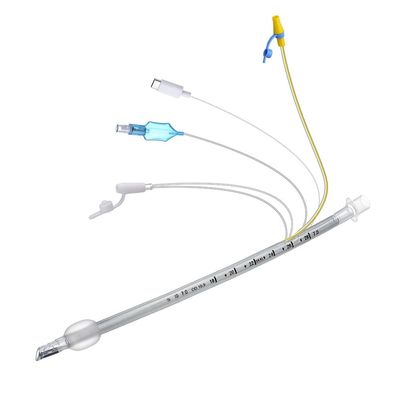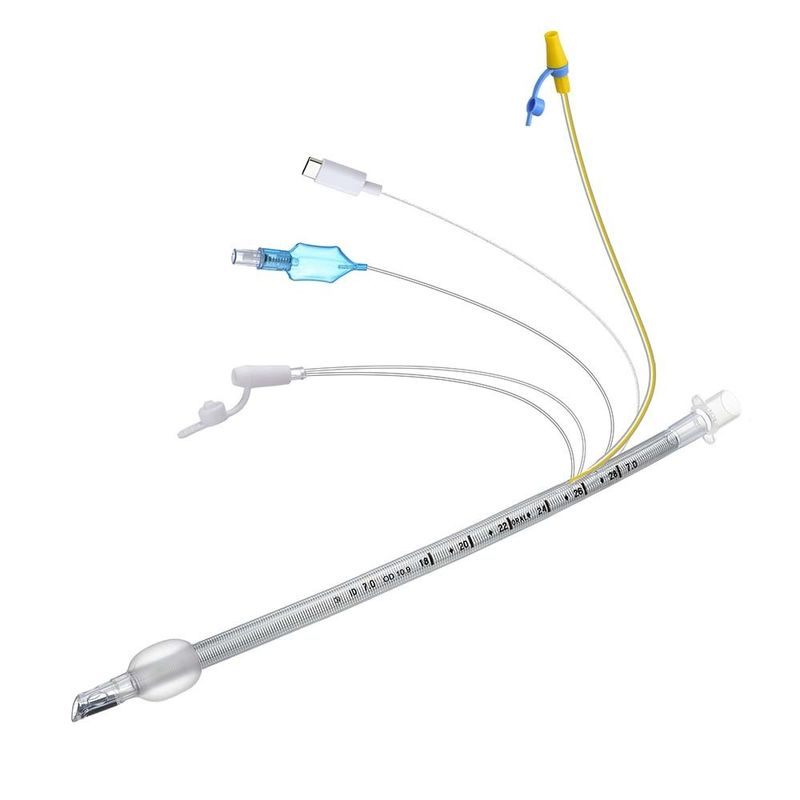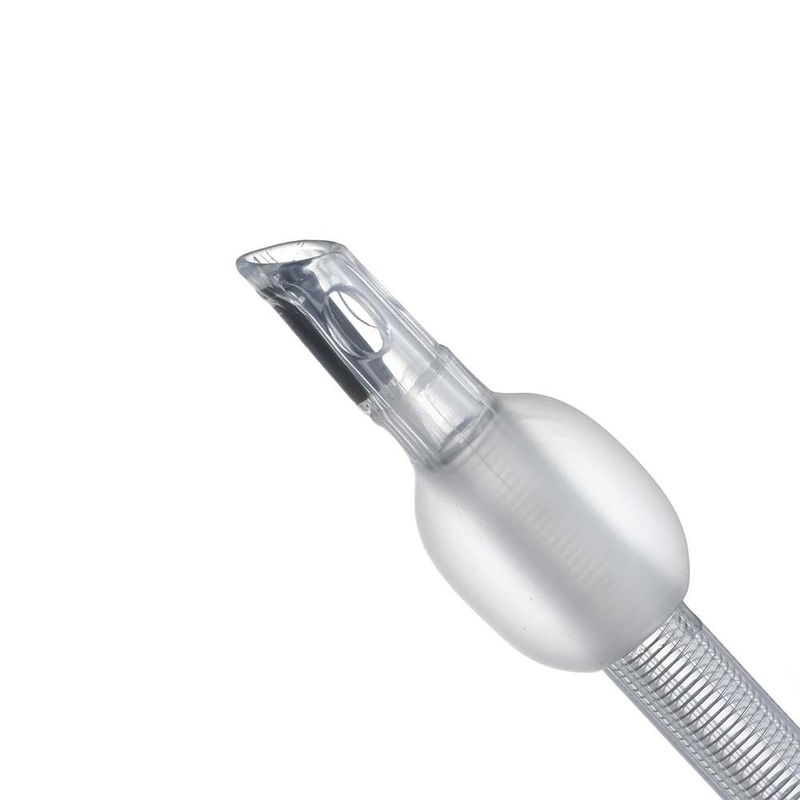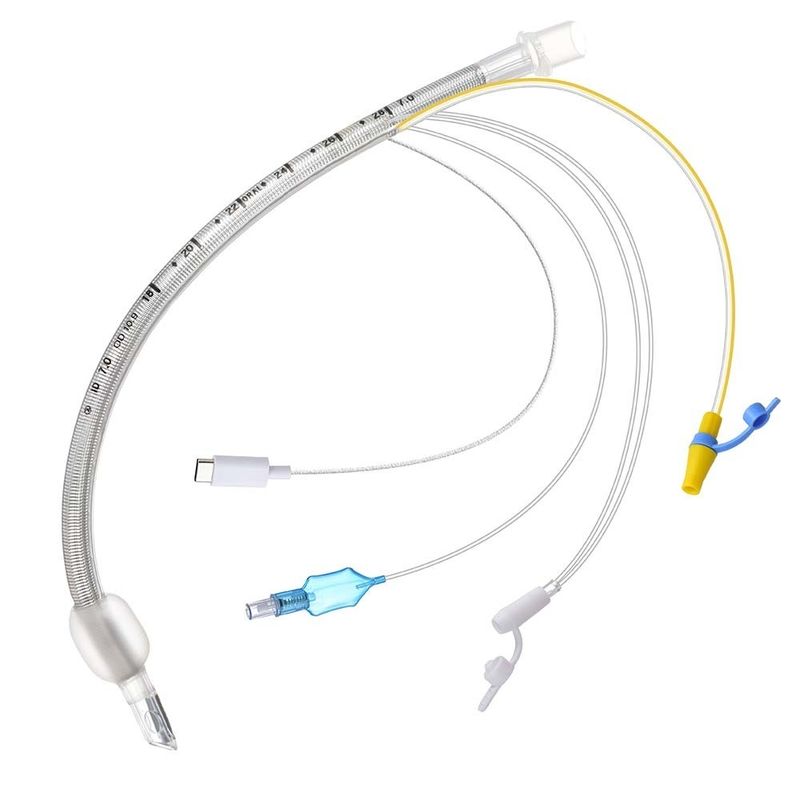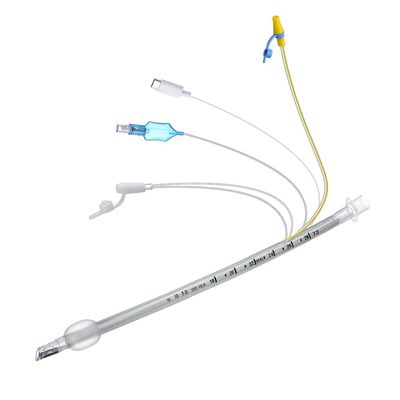
Medical Disposable Visual Suction Endotracheal Tube With Continuous Monitoring Miniature Camera
-
Highlight
Visual Suction Endotracheal Tube
,Disposable Visual Suction Endotracheal Tube
-
MaterialPVC
-
Instrument ClassificationClass II
-
Quality CertificationCE ISO
-
Place Of OriginChina
-
Minimum Order Quantity5000pcs
-
Brand NameHenan Aile
-
Place of OriginChina
-
Brand NameHenan Aile
-
CertificationISO/CE
-
Model NumberLeft/Right
-
Minimum Order Quantity5000 PCS
-
PriceNegotiable
-
Packaging Details2 pieces/box ,48 boxes/carton
-
Delivery Time15-30 days
-
Payment TermsL/C, T/T
-
Supply Ability1000000 Pieces per Week
Medical Disposable Visual Suction Endotracheal Tube With Continuous Monitoring Miniature Camera
1. Construction: Reinforced endotracheal tubes typically have a layer of reinforcement embedded within the walls of the tube. This reinforcement is often made of materials such as wire or coil.
2. Flexibility: Despite the added reinforcement, these tubes are designed to maintain flexibility to facilitate proper placement in the trachea.
3. Durability: The reinforcement enhances the durability of the tube, making it less susceptible to collapse or obstruction.
4. Resistance to Compression: The reinforcement helps prevent the tube from becoming compressed, ensuring a patent airway.
5. Radiopaque Line: Many reinforced endotracheal tubes include a radiopaque line along their length. This line is visible on X-rays, aiding in the confirmation of proper tube placement.
6. Cuffed or Uncuffed: Reinforced endotracheal tubes may be available in both cuffed and uncuffed variations. Cuffed tubes are equipped with an inflatable cuff to seal the trachea and prevent air leakage.
7. Sizes: Like standard endotracheal tubes, reinforced tubes come in various sizes to accommodate different patient ages and sizes.
These tubes are often used in situations where prolonged intubation is anticipated, such as in critical care settings or certain surgical procedures. The choice of endotracheal tube depends on the specific clinical scenario and patient characteristics.
● HD 0.3 megapixel cold light source, miniature camera and LED light: continuous monitoring of intubation position, airway condition
● Continuous intra-tracheal microinfusion of medication, flushable catheter, multifunctional catheter
2. Reduce the frequency of use of Bronchofiberscope, eliminate nosocomial infection and save costs.
3. Continuous monitoring during the operation, that greatly guarantee the safety during the operation.
| Size: | universal |
| Stock: | Yes |
| Shelf Life: | 2 years |
| Material: | PVC |
| Instrument classification: | Class II |
| Usage: | Hospital Medical |
| Certificate: | CE ISO |
| OEM & ODM: | Customization Service Provided |

